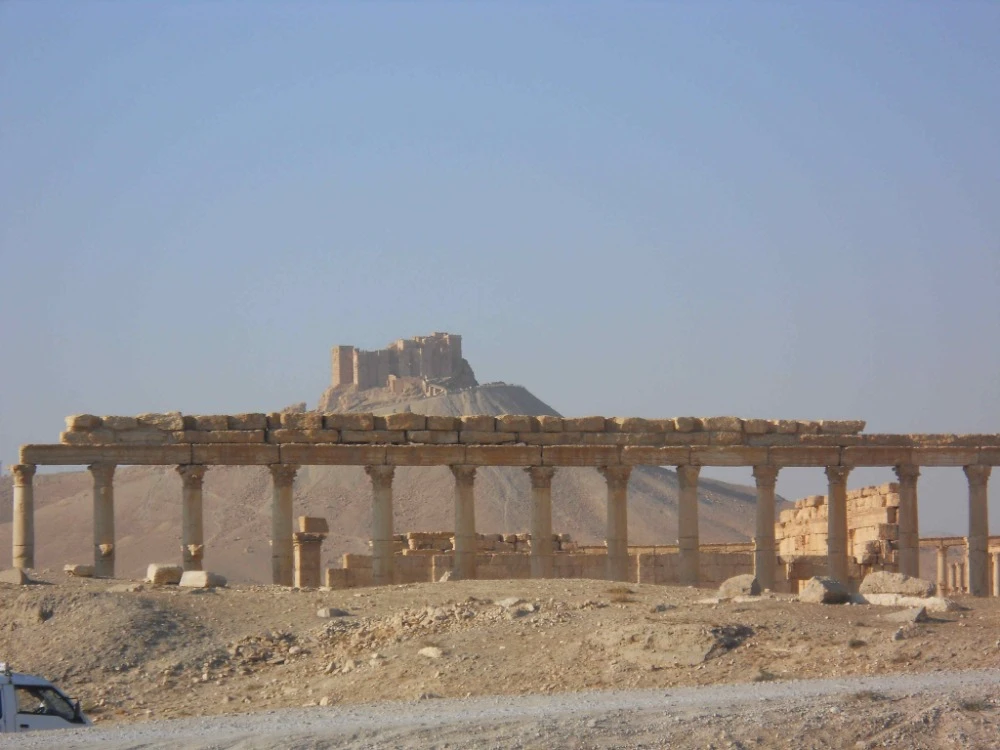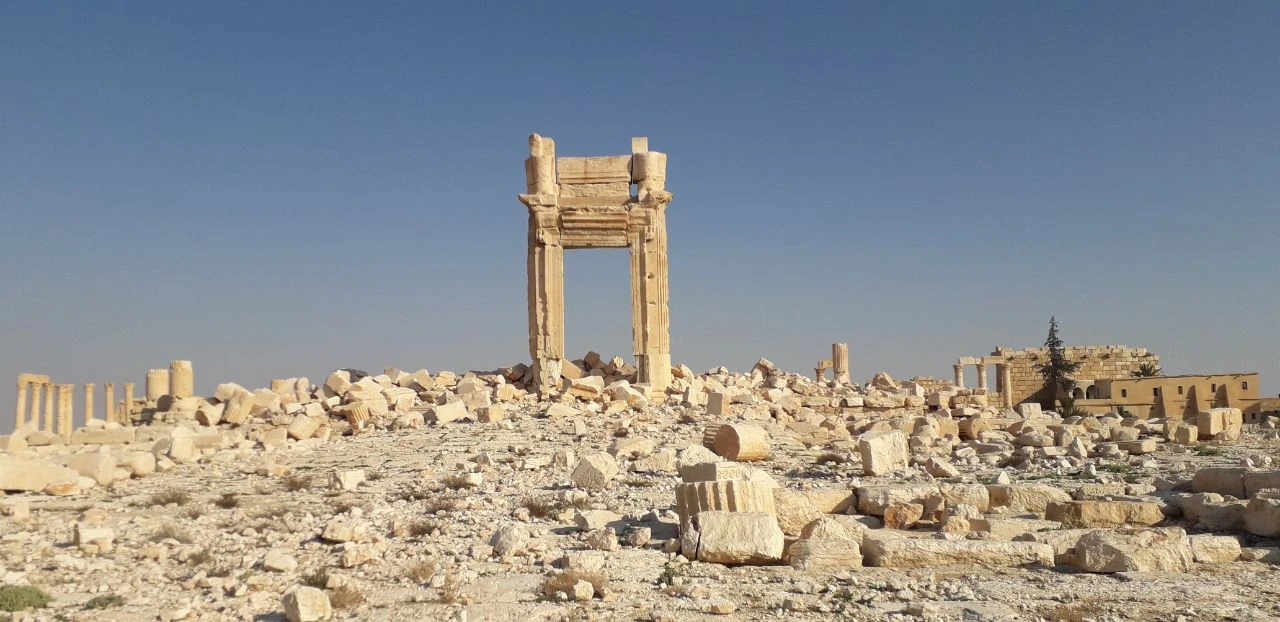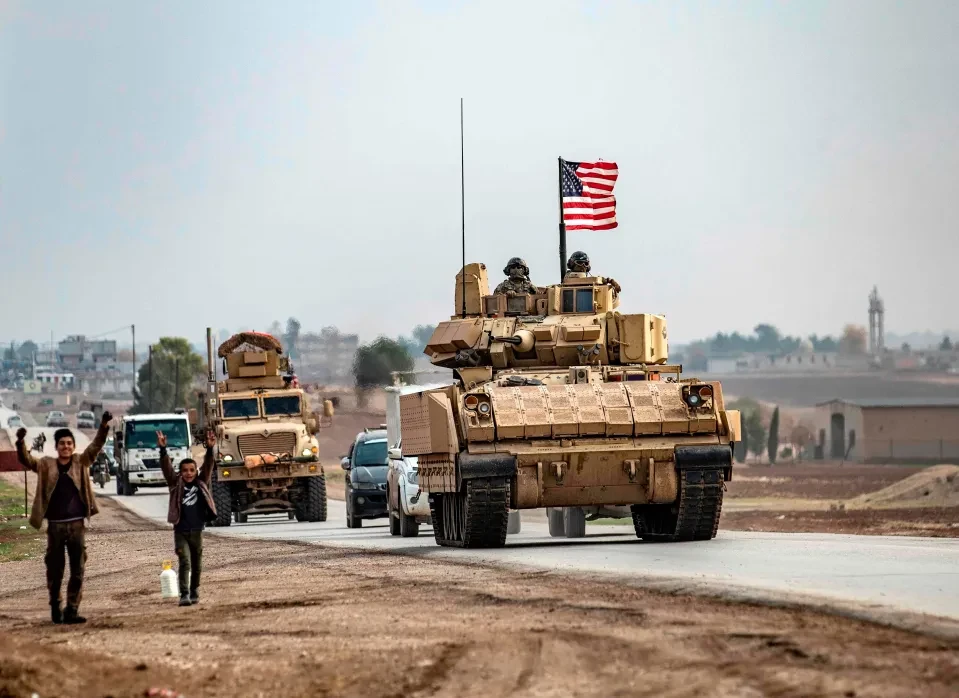After Assad’s fall, can Palmyra’s cultural heritage be saved?
 Ancient city of Palmyra, Syria. (Photo via Haian Dukhan archive)
Ancient city of Palmyra, Syria. (Photo via Haian Dukhan archive)
A new report by the Spanish National Research Council (CSIC) and the NGO Heritage for Peace reveals the devastating state of the ancient city of Palmyra in Syria following the fall of the Assad regime. With 80% of the city’s buildings either destroyed or on the verge of collapse, the report underscores the urgent need for reconstruction efforts.
Palmyra, inscribed on the UNESCO World Heritage List in 1980, is renowned for its archaeological treasures. However, the city has suffered immense damage due to decades of authoritarian rule and the conflict that followed the Syrian uprising in 2011. A multidisciplinary team, led by archaeologists from the CSIC’s Mila i Fontanals Institution and the Palmyrene Voices initiative, conducted a field study to assess the damage.

Palmyra’s heritage in ruins
The report highlights the destruction of major historical sites, including the Temple of BaalShamin, the Tetrapylon, and the Roman Theater. Explosions have reduced the Tetrapylon’s four iconic structures to rubble, while the 2,200-year-old Temple of BaalShamin lies in ruins. The Roman Theater has also suffered severe damage, with evidence of collapsed sections and illegal excavations.
The Castle of Palmyra (Qal’at Ibn Ma’n), the Valley of the Tombs, and the Archaeological Museum of Palmyra have also sustained extensive damage. Most statues and funerary beds in the museum are broken or missing, and the building itself bears the scars of aerial bombardment. Despite the efforts of local volunteers and guards from the Directorate of Antiquities, the museum remains inoperative and without formal support.

Devastation of the Efqa Oasis
The report also documents the destruction of the Efqa Oasis, a critical ecological and agricultural zone. Covering approximately 400 hectares, the oasis was burned during the 2020 fires attributed to the Assad regime. Today, much of the remaining vegetation has dried out, though some returning farmers are attempting to salvage surviving palm and olive trees.
The presence of landmines and unexploded ordnance poses a further threat to the city’s recovery, making vast areas hazardous for residents and heritage workers alike.

Humanitarian crisis and struggle for survival
Palmyra’s population, once around 100,000, has dwindled to approximately 10,000 as refugees slowly return. The city lacks basic services such as clean water, electricity, and healthcare, compounding the hardships faced by its remaining residents.
The report emphasizes that rebuilding Palmyra’s infrastructure is crucial to restoring the city. “Without housing, essential services, and economic opportunities, the return of the population will be limited, making it difficult for local professionals and workers to engage in heritage conservation,” says Isber Sabrine, a CSIC archaeologist and one of the report’s coordinators.
The authors of the report call for urgent local and international intervention to preserve Palmyra’s cultural heritage. They stress the need for comprehensive rehabilitation strategies for both the ancient site and the modern city.



